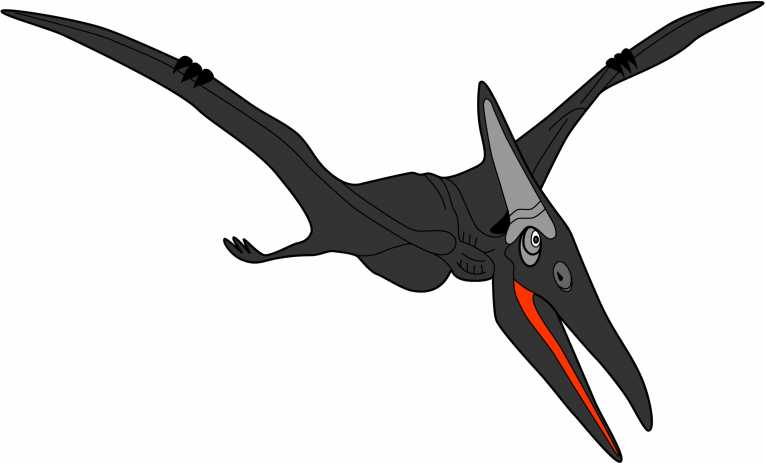Giant pterosaurs – ancient reptiles that flew over the heads of dinosaurs – were at their best in gentle tropical breezes, soaring over hillsides and coastlines or floating over land and sea on thermally driven air currents, according to new research from the University of Bristol.
These huge extinct creatures, also called pterodactyls, have fascinated generations of scientists and also bird experts. Not strictly dinosaurs, which refers to ground-dwelling creatures, they were the first animals to take to the skies. They lived between 220 million and 65 million years ago and died out in the great extinction that wiped out the dinosaurs.
How did they fly, or even take off? Research by Colin Palmer, an engineer turned palaeontology Ph.D. student in Bristol's School of Earth Sciences, suggests that they were too slow and fragile to soar across the waves like modern birds such as albatrosses.
Using his 40 years of experience in the engineering industry, Colin Palmer constructed models of pterosaur wing sections from thin, curved sheets of epoxy resin/carbon fibre composite and tested them in a wind tunnel.
These tests quantified the two-dimensional characteristics of pterosaur wings for the first time, showing that such creatures were significantly less aerodynamically efficient and were capable of flying at lower speeds than previously thought. The thinness of their bones would make them quite fragile and prone to damage.
So what he suggests is that the pterodactyls were more like modern hang-gliders than birds, they could soar slowly over the waves using only weak thermal updraughts, and the variable geometry of their wings would allow them to land slowly, according to Palmer: "The low-speed landing capability would have made an important contribution to avoiding injury and so helped to enable pterosaurs to attain much larger sizes than extant birds. The trade-off would have been an extreme vulnerability to strong winds and turbulence, both in flight and on the ground, like that experienced by modern-day para-gliders."
Although we will never know for certain how these great monsters of the sky flew, this research gives us a new insight into their possible method of flight.










